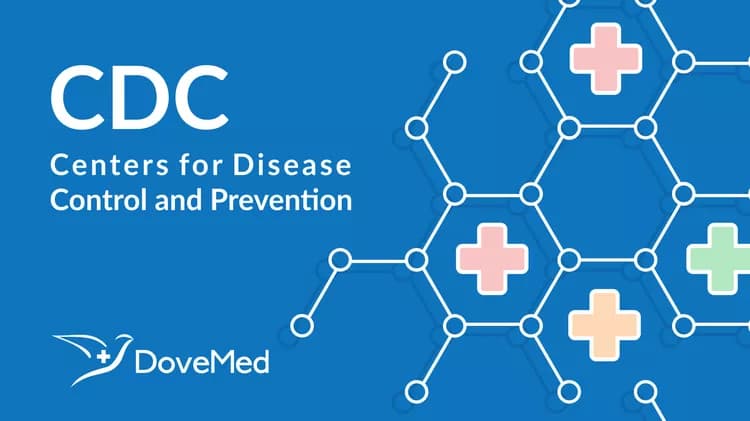
Study: Changes in Motorcycle-Crash Mortality Rates, by Blood Alcohol Concentration and Age --- United States, 1983-2003
Study: Changes in Motorcycle-Crash Mortality Rates, by Blood Alcohol Concentration and Age --- United States, 1983-2003
While travel by motor vehicle has become steadily safer in the United States, motorcycles remain the most dangerous type of motor vehicle to drive. Motorcyclists are involved in fatal crashes at a rate of 35.0 per 100 million miles of travel compared with a rate of 1.7 per 100 million miles of travel in cars. This study examined the association between alcohol impairment and fatal motorcycle crashes. Over the time period 1983 to 2003, the rate of fatal motorcycle crashes among alcohol-impaired drivers declined for drivers under 40 and rose for drivers over 40. The rate of fatal motorcycle crashes among alcohol-impaired drivers was highest among 20-24 year-olds in 1983 and among 40-44 year-olds in 2003. Because older drivers involved in fatal motorcycle crashes are more likely to be alcohol-impaired than younger drivers, future efforts to reduce alcohol-impaired driving among motorcyclists should include older drivers.
Additional key findings include:
The percentage of fatally injured motorcycle drivers who were alcohol-impaired declined from 1983 to 2003 in all age groups except the 55-59 years old age group.
In 1983, 8.2% of the fatally injured motorcycle drivers with elevated blood alcohol concentrations (BAC) were aged 40 or older; by 2003, 48.2% of such drivers were in this age group.
Motorcycle drivers in fatal crashes aged 40 and older were more likely to be alcohol impaired than car drivers aged 40 and older.
Overall motorcycle mortality rates per 100,000 people declined from 1.6 in 1983 to 0.9 in 1993 and then rose to 1.2 in 2003. Rates for age groups under age 30 declined over this time period, whereas rates for age groups over 40 increased.
Proven Community Strategies to Prevent Alcohol-Impaired Driving Include:
Sobriety checkpoints
0.08% blood alcohol concentration laws
Minimum legal drinking age laws
Zero tolerance laws for young or inexperienced drivers
School-based approaches to reduce riding with drinking drivers
Management-supported intervention training programs for alcohol servers
Mass media campaigns that are carefully planned and well executed, that attain sufficient audience exposure, and that are implemented in conjunction with other ongoing prevention activities
Prevention Resources:
CDC’s Injury Center: Spotlight on National Drunk and Drugged Driving Prevention Month (3D Month) http://www.cdc.gov/ncipc/duip/spotlite/3d.htm
National Highway Traffic Safety Administration – www.nhtsa.gov
National Institution on Alcohol Abuse and Alcoholism – www.niaaa.nih.gov
Planning materials for National Drunk and Drugged Driving Prevention Month (3D Month) http://www.nhtsa.dot.gov/people/injury/alcohol/3d/index.html
Mothers Against Drunk Driving – www.madd.org
This MMWR article is available online at: http://www.cdc.gov/mmwr/preview/mmwrhtml/mm5347a2.htm
For additional information from CDC’s Injury Center visit: http://www.cdc.gov/injury.
Related Articles
Test Your Knowledge
Asked by users
Related Centers
Related Specialties
Related Physicians
Related Procedures
Related Resources
Join DoveHubs
and connect with fellow professionals

0 Comments
Please log in to post a comment.